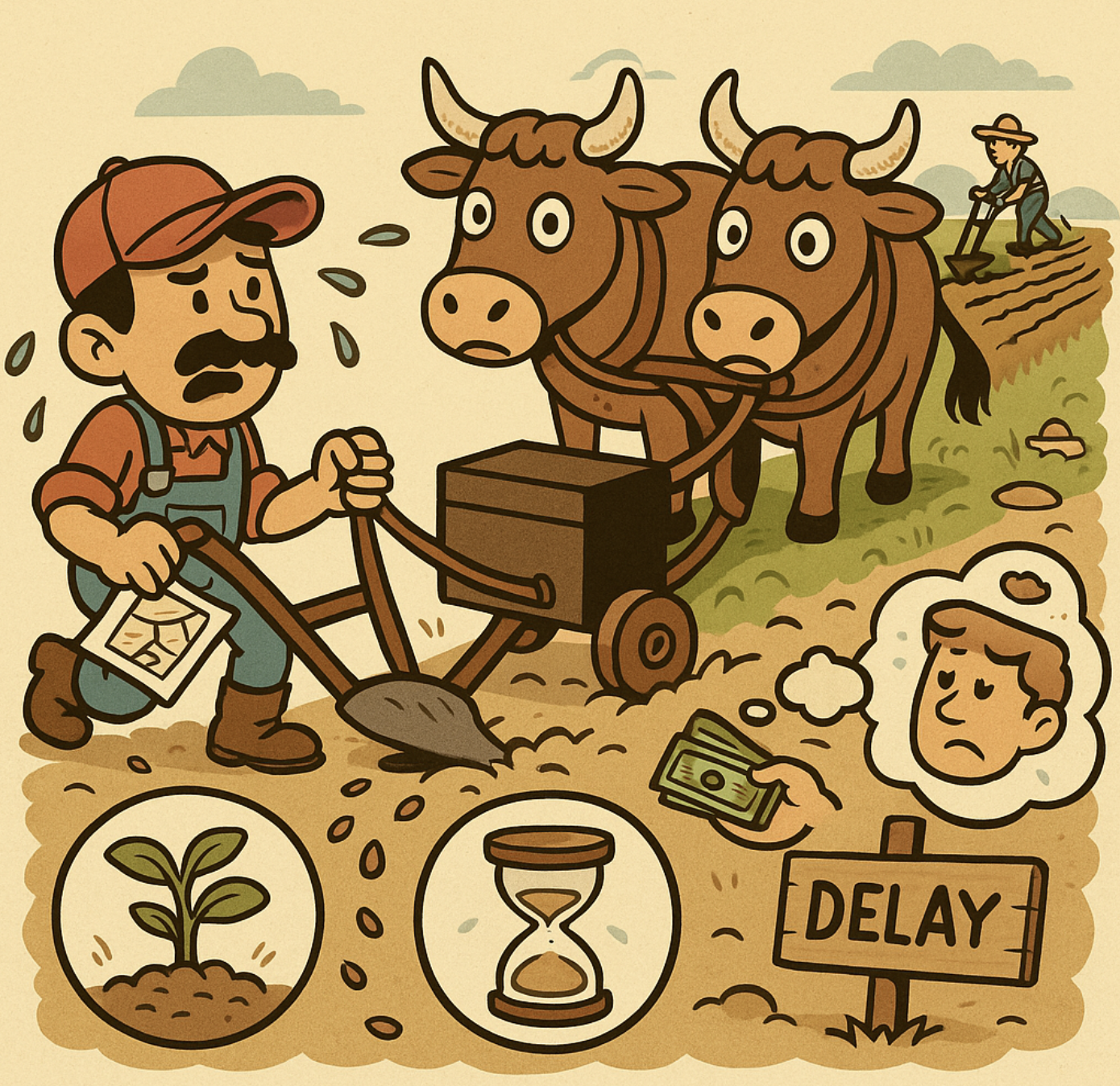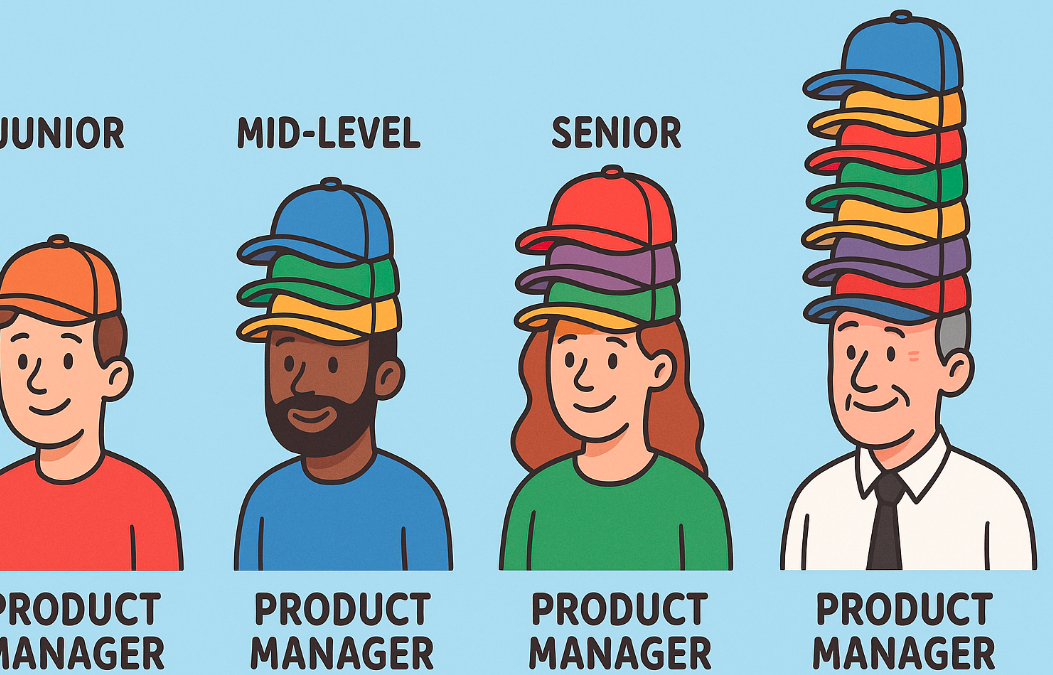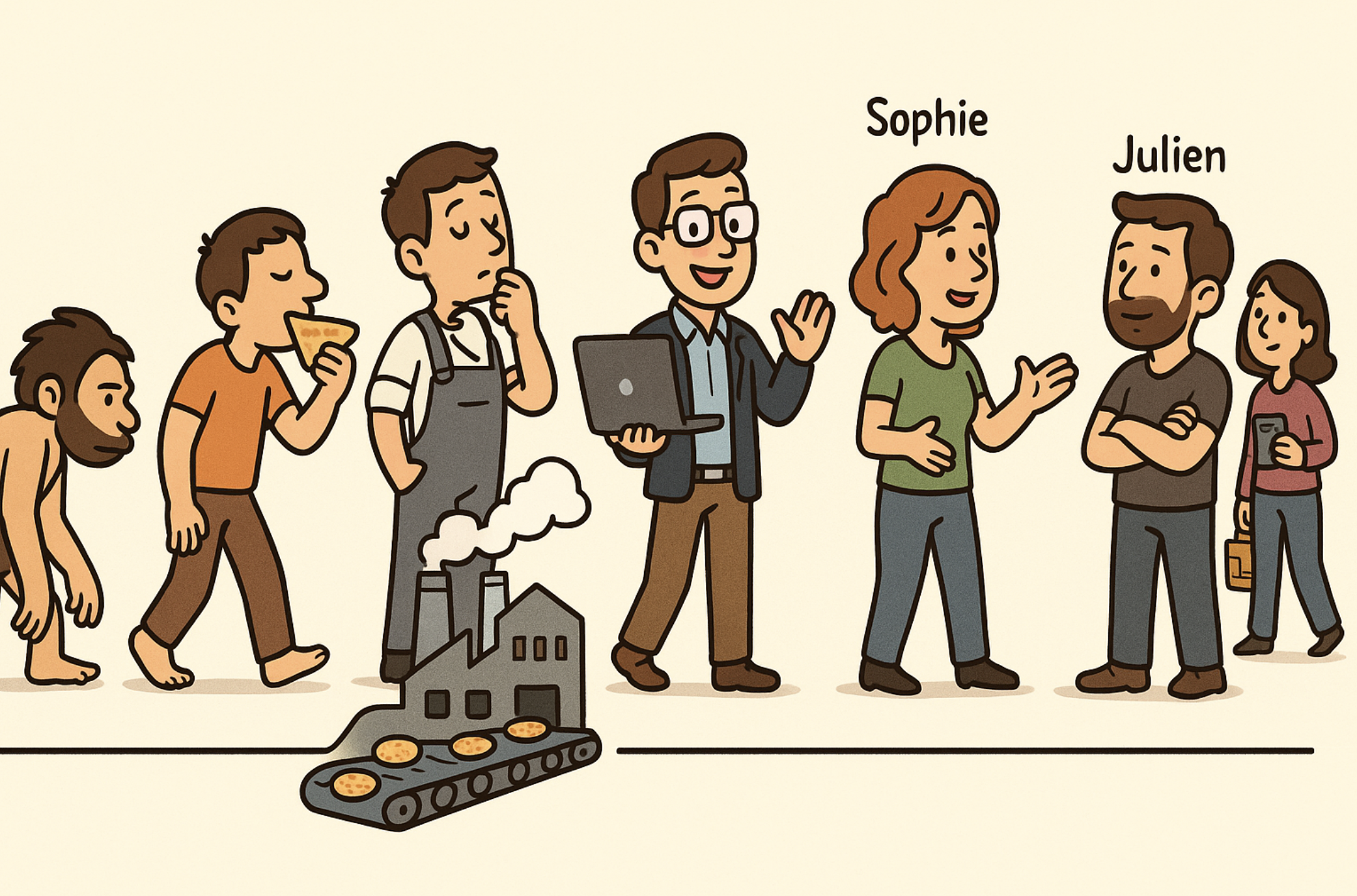Agile Product Management is a holistic approach that aims to manage the entire product lifecycle — from opportunity discovery to design, and from design to end-of-life — while taking into account the company’s mission, strategy, business model, production, and the entire chain leading to sales and after-sales services; all within a framework of continuous improvement. It encompasses defining product features and functionalities, manufacturing, planning product launches and go-to-market strategies, as well as managing product growth and evolution throughout their lifecycle.
When my entrepreneurial journey came to an end, I was looking for a role that would keep me at the very heart of creation — at the crossroads of customer needs, technical feasibility, and economic viability — without carrying the full weight of being an entrepreneur. That’s when I discovered the role of Product Manager. The Product Manager orchestrates all the activities that allow a product to exist: user research, design, development, marketing, and the tracking of clear performance indicators. Their horizon is defined by delivering measurable outcomes for both the customer and the business. The entrepreneur, on the other hand, must embrace the entire system: creating or reshaping a market, raising funds, recruiting, managing cash flow, running the company, negotiating with partners and investors, and sometimes even pivoting under pressure. Yet, within this complex system that is the product, the Product Manager never works alone…
Product management is a fascinating field that attracts people from all walks of life — from technology and business to psychology and design. It requires informed decision-making, often grounded in data, across every aspect of the product to meet customer needs while ensuring the company’s long-term profitability. This diversity is what makes the discipline so exciting and intellectually stimulating.
Agile Product Management, as we discuss it here, inherits from a long history shaped by human social evolution. It builds on concepts such as Michael Porter’s value chain and five forces, the Lean Manufacturing philosophy that puts people back at the center of value creation, agile practices adapted to the world of software, and many other frameworks such as team empowerment through Objectives and Key Results (OKRs). It is a scientific approach to product management, blending experimentation with decision-making. Its impact lies in continuously and rapidly improving customer and user experiences while minimizing the risk of failure. Product Management teams operate within ongoing cycles of continuous improvement.

Author of Impact Factories / Co-founder of Shy Robotics and Product Whys / Head of Product at Dassault Systèmes / Engineer passionate about innovation and entrepreneurship
Full bibliography here











